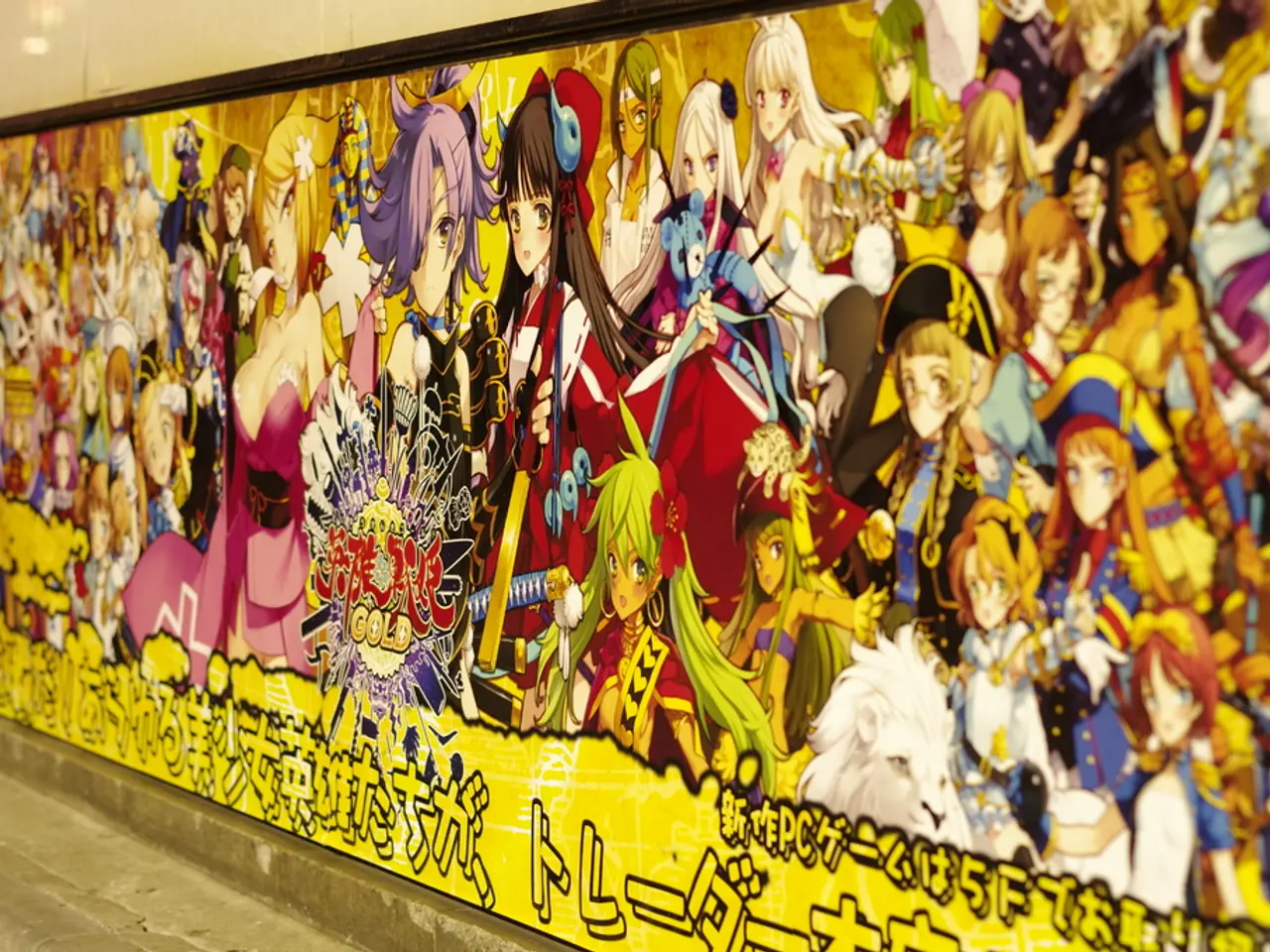Game of Thrones' Mystery Exposed: Examination of Jon Snow's Unexplained Revival
Game of Thrones: The Resurrection of Jon Snow
In the final episode of Season 5, "Mother's Mercy," the character of Jon Snow experiences a dramatic and symbolic resurrection, serving as a poignant reminder of a noble leader betrayed by those he swore to protect.
The resurrection ritual is performed by Melisandre, a Red Priestess devoted to the Lord of Light (R'hllor). After Jon is killed by mutineers at Castle Black, Melisandre uses her magical abilities and prayers/invocations to the Lord of Light to bring him back to life. The ritual involves burning an effigy of Jon, chanting in the Old Valyrian language, and focusing on his body. The Lord of Light’s divine power is invoked to restore life to Jon, effectively reversing his death.
The precise inner workings of this resurrection are not deeply detailed in the show's narrative but can be understood as an act of divine intervention through blood magic and faith in the Lord of Light. Melisandre’s ritual is a form of necromancy tied to the Lord of Light’s power, which is depicted as a god capable of miracles including resurrection (e.g., Beric Dondarrion is similarly resurrected). The fire and chanting serve as a conduit for the Lord of Light’s power to return Jon to life, suggesting the ritual harnesses spiritual energy to reanimate the deceased body.
Jon Snow's experience of death and resurrection led to a shift in his perspective and priorities, making him more decisive and willing to take drastic action. Upon his resurrection, Jon Snow abdicates his position as Lord Commander of the Night's Watch. The power of faith and magic in the world of Westeros is demonstrated through this event, as well as through the repeated resurrections of Beric Dondarrion by Thoros of Myr.
The exact mechanism of Jon Snow's resurrection remains somewhat mysterious, with theories suggesting his Targaryen heritage may have contributed to the event. Another theory involves the Children of the Forest potentially having an indirect role in Jon's resurrection. Direwolves, particularly Ghost, are thought to have played a role in Jon Snow's resurrection theories.
Jon Snow's resurrection signifies his importance in the fight against the White Walkers and solidifies the Lord of Light's role as a major player in the events unfolding in Westeros. The event transforms Jon Snow from a reluctant leader into a determined warrior, ready to face the challenges that lie ahead.
Books discussing the resonance of Jon Snow's resurrection in popular culture might explore it as an example of modern entertainment merging with age-old pop-culture themes like miraculous resurrection found in various books of mythology and religion. Furthermore, Game of Thrones delves into the intriguing question of whether faith, magic, or bloodline plays a critical role in these extraordinary revivals, offering engaging reading material for those interested in the intersection of entertainment, pop-culture, and spirituality.




